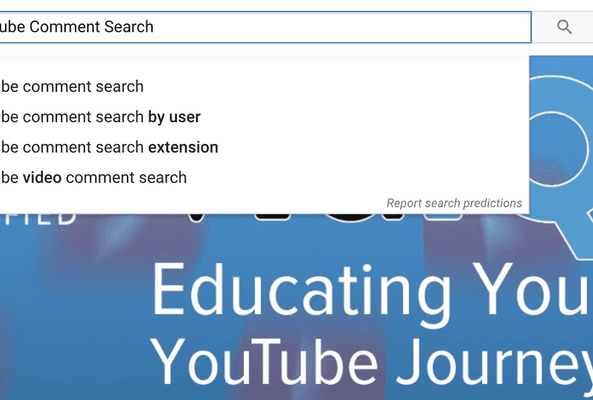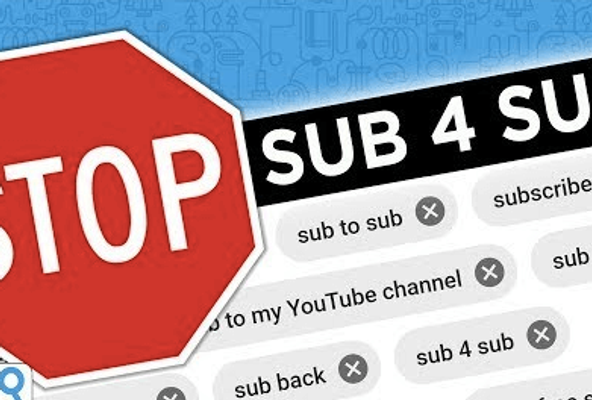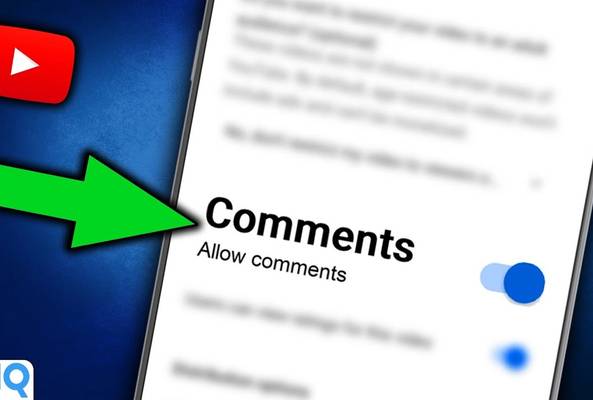Rob is extremely passionate about helping YouTube creators grow with data and insights.
A Lesson In YouTube Comments: Stay Calm, Keep Them On!
Nowhere is this more pronounced than in the YouTube comments section, which is famous for its seemingly endless assortment of unsavory characters claiming “First!” post or bashing a video just to elicit a reaction from other viewers or the video’s creator. Seeing their comments section regress into an episode of Jerry Springer is every brand’s nightmare. Today, we’d like to provide some tried and true options in how to deal with YouTube trolls:
1) Don’t Disable YouTube Comments
Faced with the prospect of dealing with illicit commenters, many brands and agencies choose to simply disable YouTube comments rather than playing moderator and dealing with the mess. This, however, is an enormous mistake! Engagement (and especially commenting) is factored heavily in whether your video appears in YouTube Search and Related Videos – if you block YouTube comments you will limit the viral potential of your video and cripple your SEO. In fact, there’s a direct correlation between videos that receive engagement from the owner of the video and views, as well as whether that video is likely to receive additional engagement in the future.
More YouTube comments and more engagement results in more views, more subscribers, more comments, and more engagement
2) Don’t Feed The YouTube Trolls!
Probably the most obvious lesson that the owners of Amy’s Baking Company chose to ignore is the old Internet adage “don’t feed the trolls!” Ignoring a troll is a troll’s kryptonite – as a YouTube creator you should always err on taking the high road and staying out of a good ol’ fashioned flame war. Instead, focus your efforts on the commenters that matter. Identify influential viewers by looking into which commenters have the highest number of subscribers, and then respond to those users. These “influencers” are your most important viewers, and unlike trolls (who usually don’t have many subscribers) are actually worth your time! Many partnerships and cross promotional agreements between channels have been forged within the YouTube comments section, resulting in thousands or even millions of views.
Sort your YouTube comments by reputation and commenter influence with vidIQ
3) Turn The Bad Into Good
Instead of responding negatively to your audience, if you’re going to respond at all try being positive! A perfect example of this in practice can be found in the video Low Calorie Chicken Wraps Recipe by the culinary masters over at Being Fat Sucks. In a previous video, a viewer commented that one of the hosts had an uncanny resemblance to our good friend Severus Snape from Harry Potter. The comment snowballed into a frenzy, and every video with the Snape-ish looking host was spammed with YouTube comments about his appearance. Rather than responding negatively, the creators acknowledged their audience by having the host dress up as Snape in their next video. And guess what, their audience loved it!
4) Set The Tone
Believe it or not, YouTube is a social network. In fact, it’s now the 3rd largest in the world (behind Facebook and Google+)! Adopting Social Media Best Practices will go a long way in setting the tone for your YouTube comments and creating an amazing community around your content. By rewarding constructive commenters with thoughtful responses you’ll create an environment that fosters positivity rather than thrives off the negativity that trolls love. Home Depot is a great example of a company that has done this extremely well. In the example below, a viewer expressed his frustration that Home Depot didn’t provide a link to the second part of the video. Home Depot acknowledged the commenter and replied immediately, currying the favor of their audience and increasing engagement.
Home Depot YouTube comments are an example of the best YouTube comments you can make as a brand
Know of another technique to successfully stymie YouTube trolls? Respond in the comments section below!



